
Fift - Fift Programming Insights
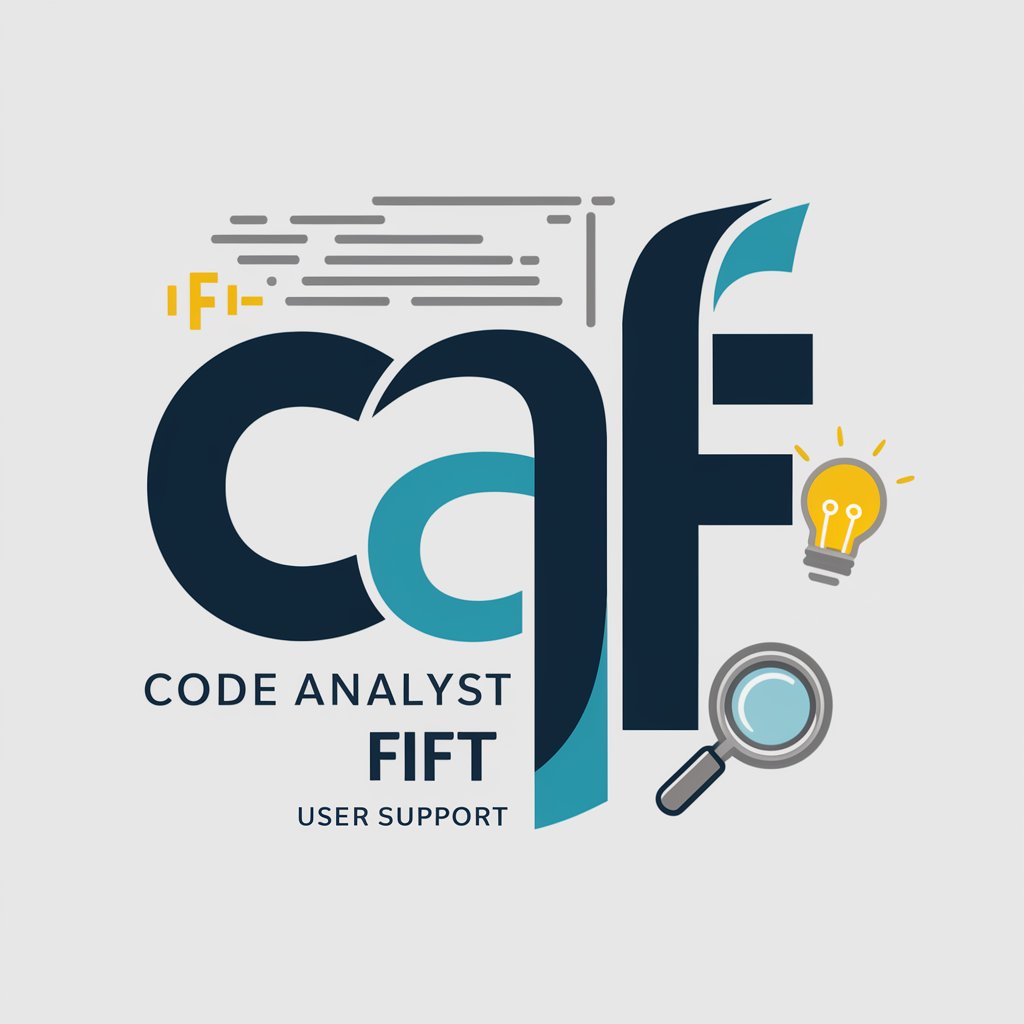
Welcome! Let's dive into Fift programming together.
Empowering blockchain development with AI
Explain the core concepts of Fift programming in simple terms.
How can I optimize my Fift code for better performance?
What are the best practices for debugging in Fift?
Can you help me understand the error in my Fift script?
Get Embed Code
Introduction to Fift
Fift is a scripting language specifically designed for creating and manipulating Fift scripts, which are primarily used within the TON (Telegram Open Network) blockchain ecosystem. Its design purpose revolves around the management of smart contracts, the generation of addresses for TON blockchain, and the decoding of messages and transactions within the TON network. Fift stands out for its unique focus on stack-based operations and its ability to handle complex data structures required by the TON blockchain. For example, a common use case of Fift is to compile a smart contract written in FunC (the primary programming language for TON smart contracts) into a TVM (TON Virtual Machine) bytecode, which can then be deployed to the TON blockchain. Another scenario includes generating wallet addresses and creating, signing, and decoding boc (bag of cells) files, which are used to store data in the TON blockchain. Fift's syntax and functions are tailored to support these specific tasks, offering a direct and efficient way to interact with the TON blockchain. Powered by ChatGPT-4o。

Main Functions of Fift
Smart Contract Compilation
Example
Compiling FunC code into TVM bytecode for smart contracts.
Scenario
Developers write a smart contract in FunC and use Fift to compile this code into bytecode. This bytecode is then deployed to the TON blockchain, allowing the smart contract to be executed within the TON Virtual Machine.
Wallet Address Generation
Example
Generating a blockchain address for a new wallet.
Scenario
A user needs a new wallet address to receive and send tokens on the TON blockchain. Using Fift, the user generates a new wallet address, which involves creating a public-private key pair and encoding this information in a specific format recognized by the TON network.
Message and Transaction Decoding
Example
Decoding boc files to interpret messages and transactions.
Scenario
To audit or verify transactions, a developer uses Fift to decode boc files. These files contain serialized data about transactions or messages sent over the TON blockchain. Decoding these files helps in understanding the transaction details, such as the sender, receiver, and amount transferred.
Handling Complex Data Structures
Example
Manipulating and creating TON's 'bag of cells' data structure.
Scenario
In the context of storing or retrieving data from the TON blockchain, a developer uses Fift to create or manipulate the 'bag of cells' data structure. This involves organizing data in a hierarchical, tree-like structure that efficiently encodes information in a compact form suitable for blockchain storage.
Ideal Users of Fift
Blockchain Developers
Developers working on TON blockchain projects, including smart contracts, decentralized applications (dApps), or custom blockchain solutions. They benefit from Fift's direct support for TON's unique features, such as smart contract compilation and the manipulation of complex data structures required for dApps.
Crypto Wallet Creators
Individuals or companies aiming to create wallets for the TON blockchain. Fift provides the tools necessary for generating wallet addresses and managing private keys, crucial for sending, receiving, and storing cryptocurrency securely.
Blockchain Auditors and Analysts
Professionals tasked with auditing TON blockchain transactions or analyzing the blockchain for insights. Fift's capabilities in decoding messages and transactions enable these users to extract and interpret the data needed for their analyses.

How to Use Fift
Start Free Trial
Begin by visiting a platform offering Fift without the need for registration or subscription, such as yeschat.ai, to explore its capabilities through a complimentary trial.
Install Fift
Ensure you have the Fift interpreter installed on your machine. This might involve downloading the necessary software from a trusted source and setting up your environment to run Fift scripts.
Learn Fift Syntax
Familiarize yourself with Fift's unique syntax and programming constructs by consulting official documentation or tutorials. Understanding the basics of stack-based languages will be beneficial.
Write Your First Script
Start writing Fift scripts to solve simple problems or perform tasks such as smart contract deployment, message encoding, or blockchain queries. Use the Fift command-line interface to execute your scripts.
Explore Advanced Features
Dive deeper into Fift's advanced functionalities, such as working with TON blockchain specific operations, creating complex smart contracts, or optimizing your Fift code for efficiency and performance.
Try other advanced and practical GPTs
Article Analyst
AI-powered, professional article analysis and translation.
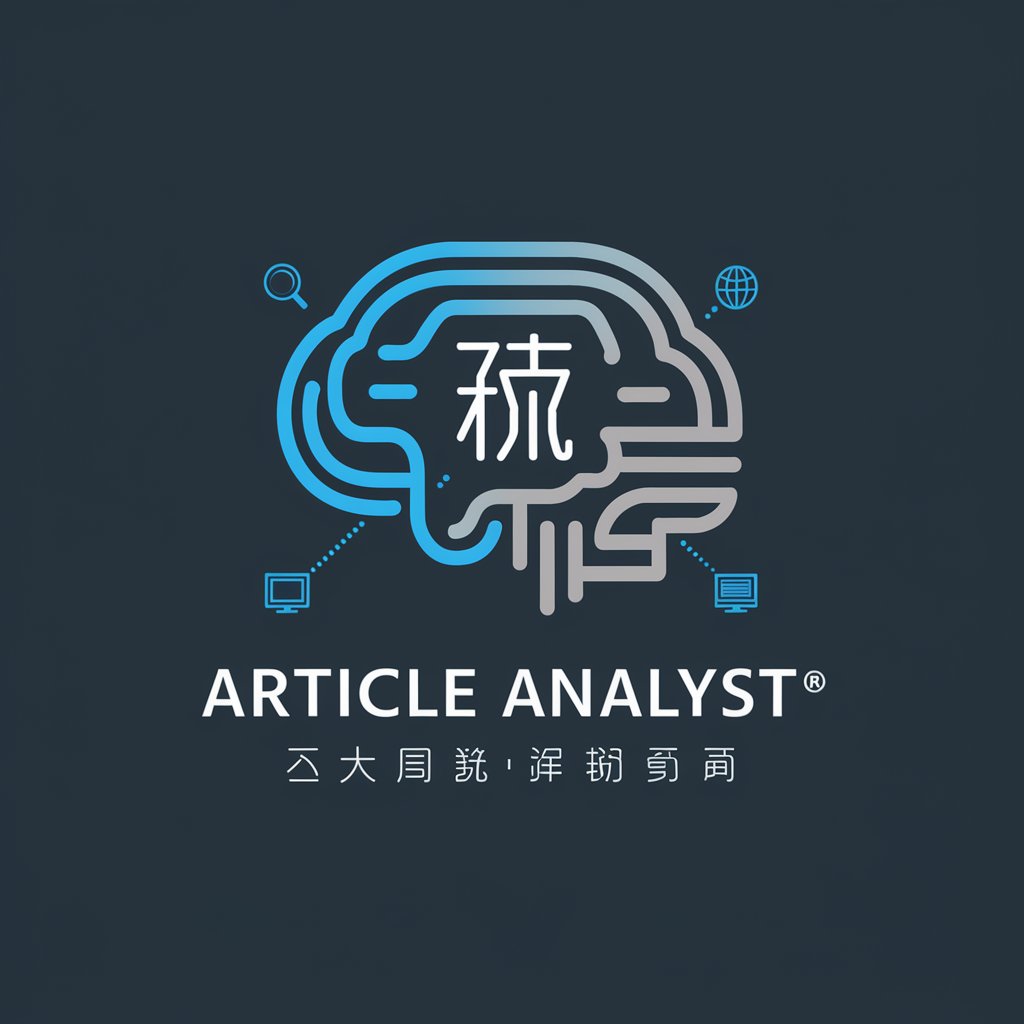
Caveman GPT
Sassy Caveman Wisdom, AI-Powered
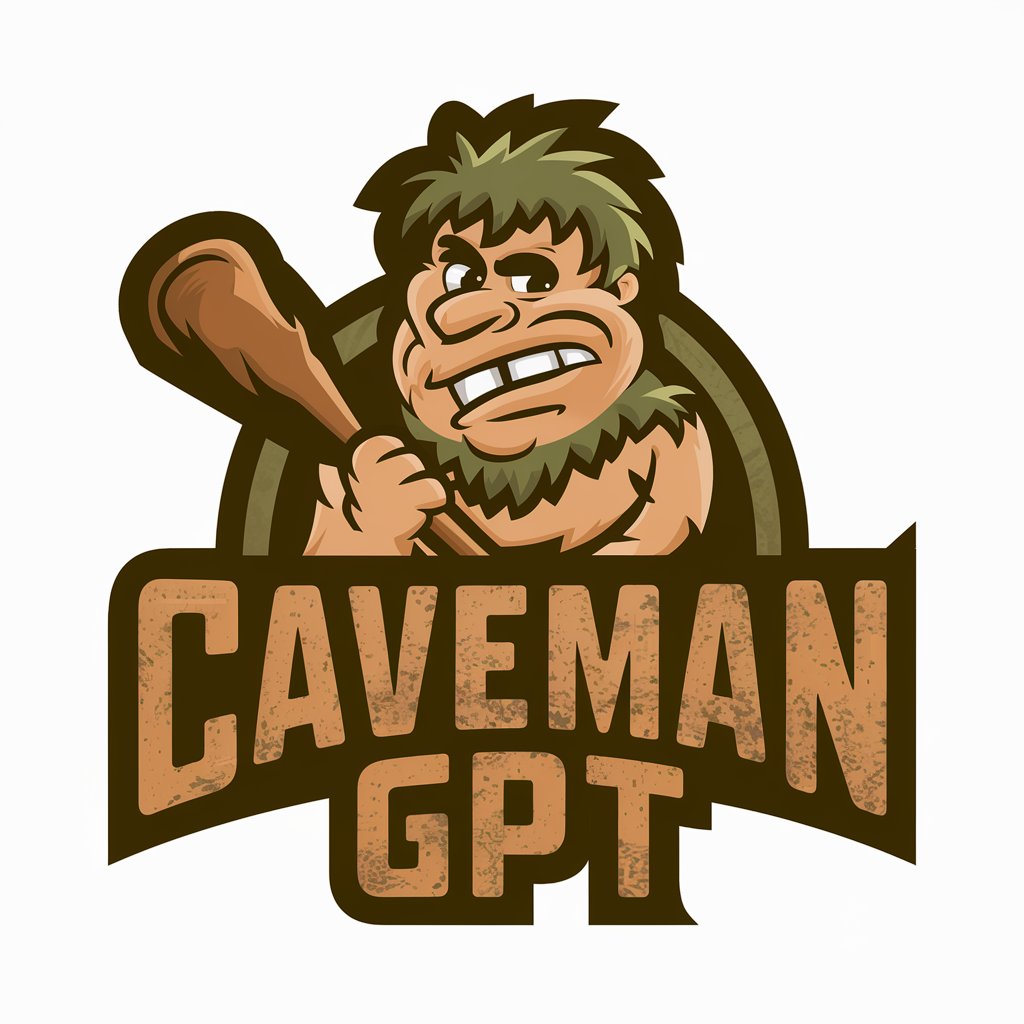
Promptify
Tailoring AI Prompts with Precision
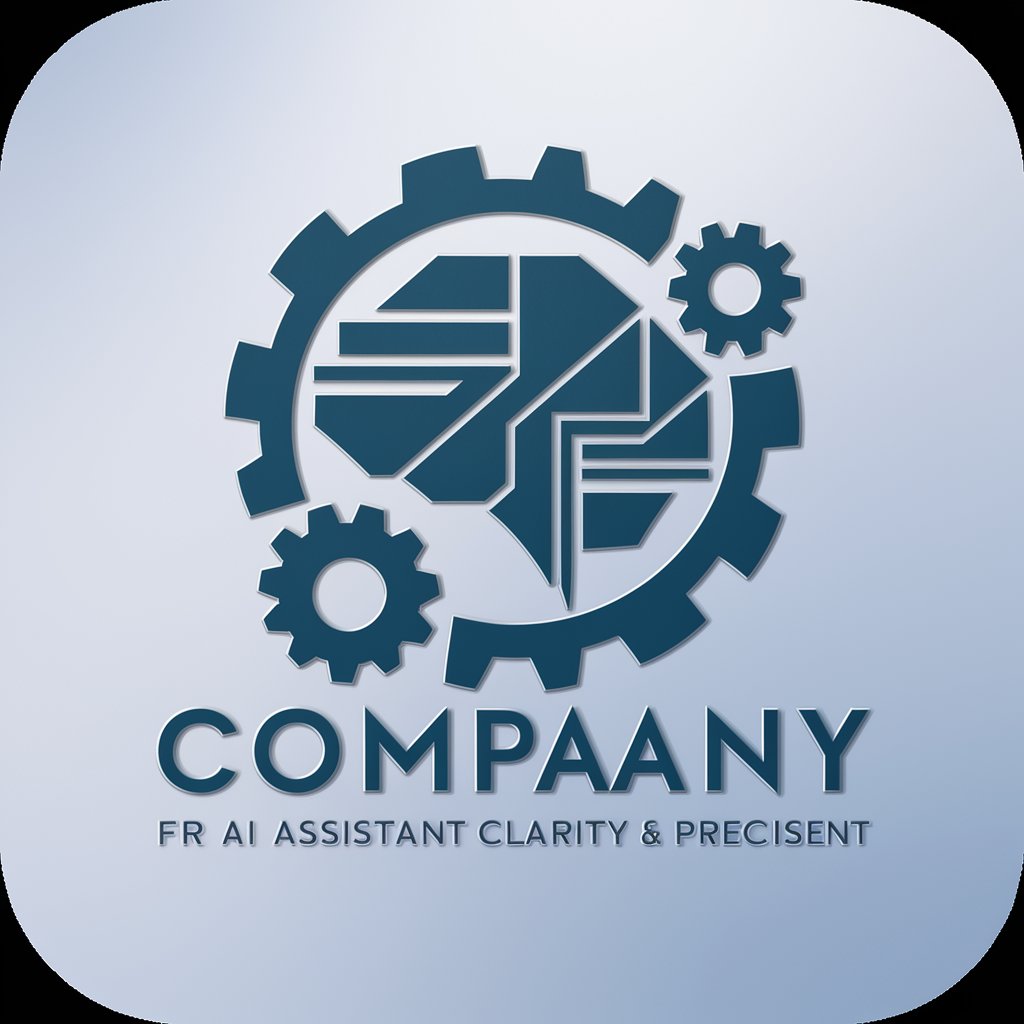
CourseCreatorGPT
Empower Learning with AI-Driven Course Creation

Prompt Builder V2.3 (by GB)
Elevate Your Creativity with AI-Powered Prompt Crafting
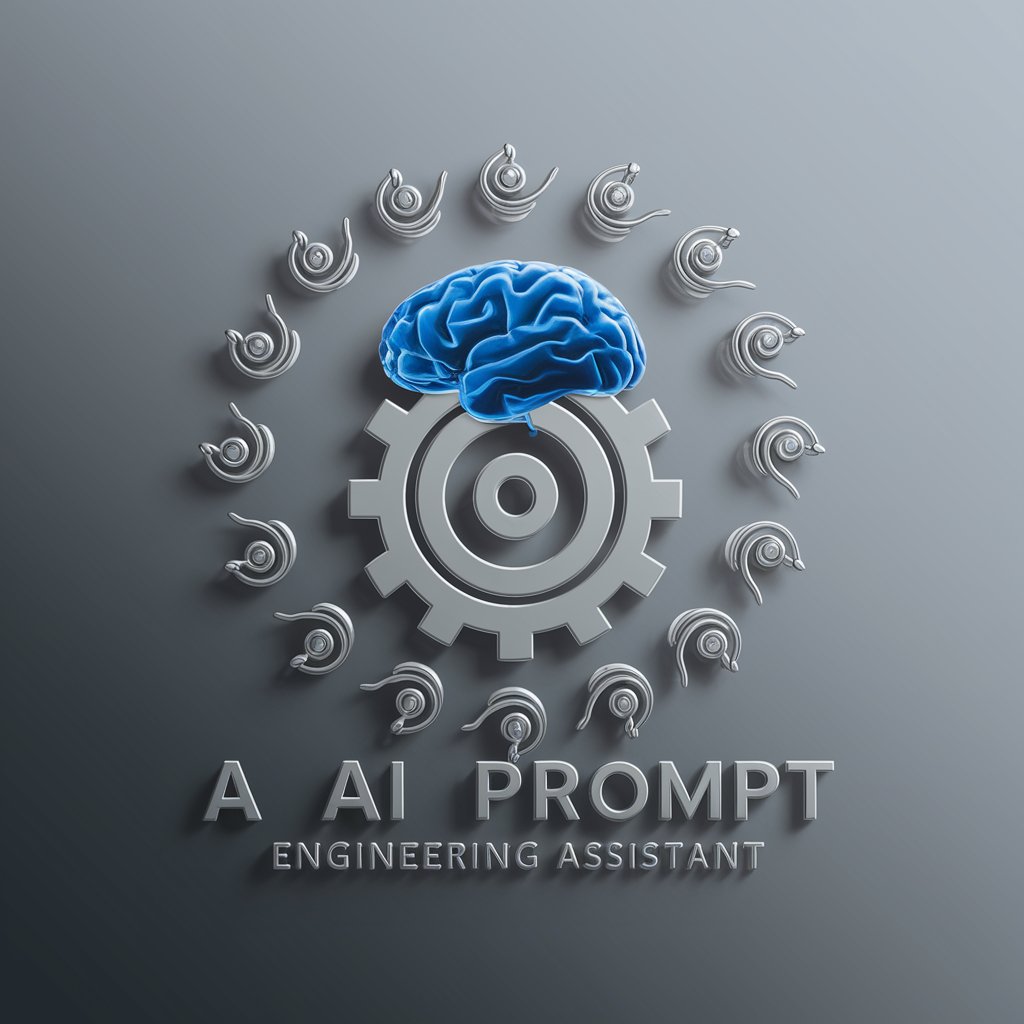
岩爺のWhat's Ninja DAO ?
Unveiling the Ninja DAO Universe with AI
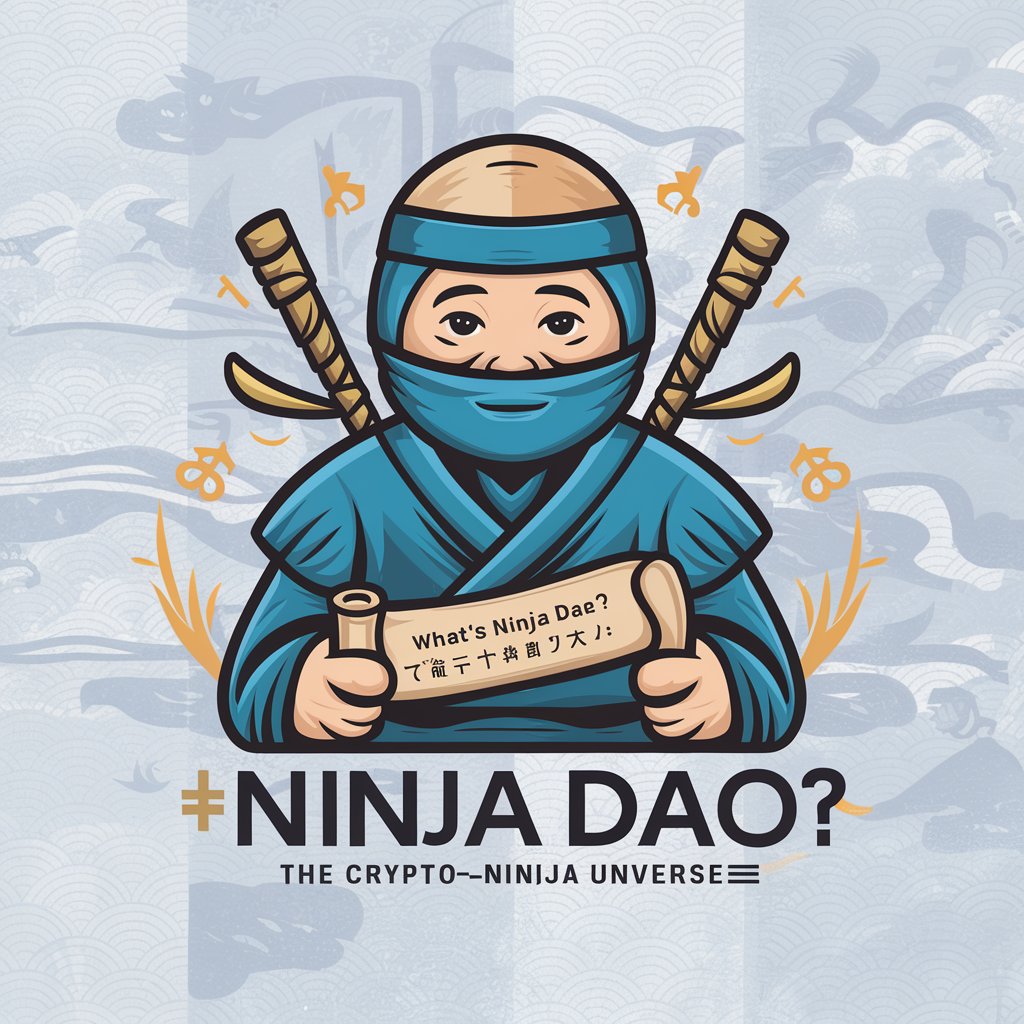
OKLink API Helper
Simplify Blockchain Integration with AI
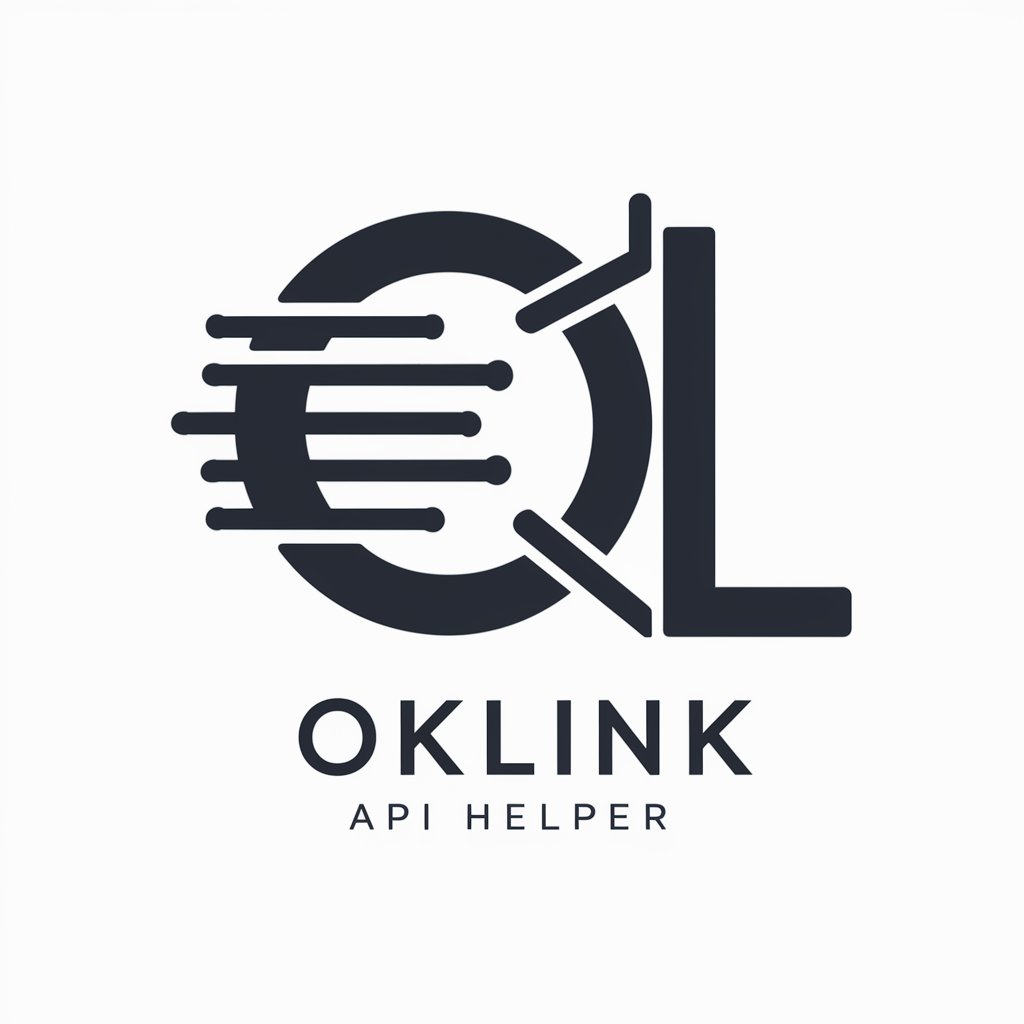
Post LI Generator
Elevate Your LinkedIn Presence with AI-Powered Creativity

!Deal Finder
Your AI-Powered Savings Scout

GPT of Style
Elevate Your Writing with AI
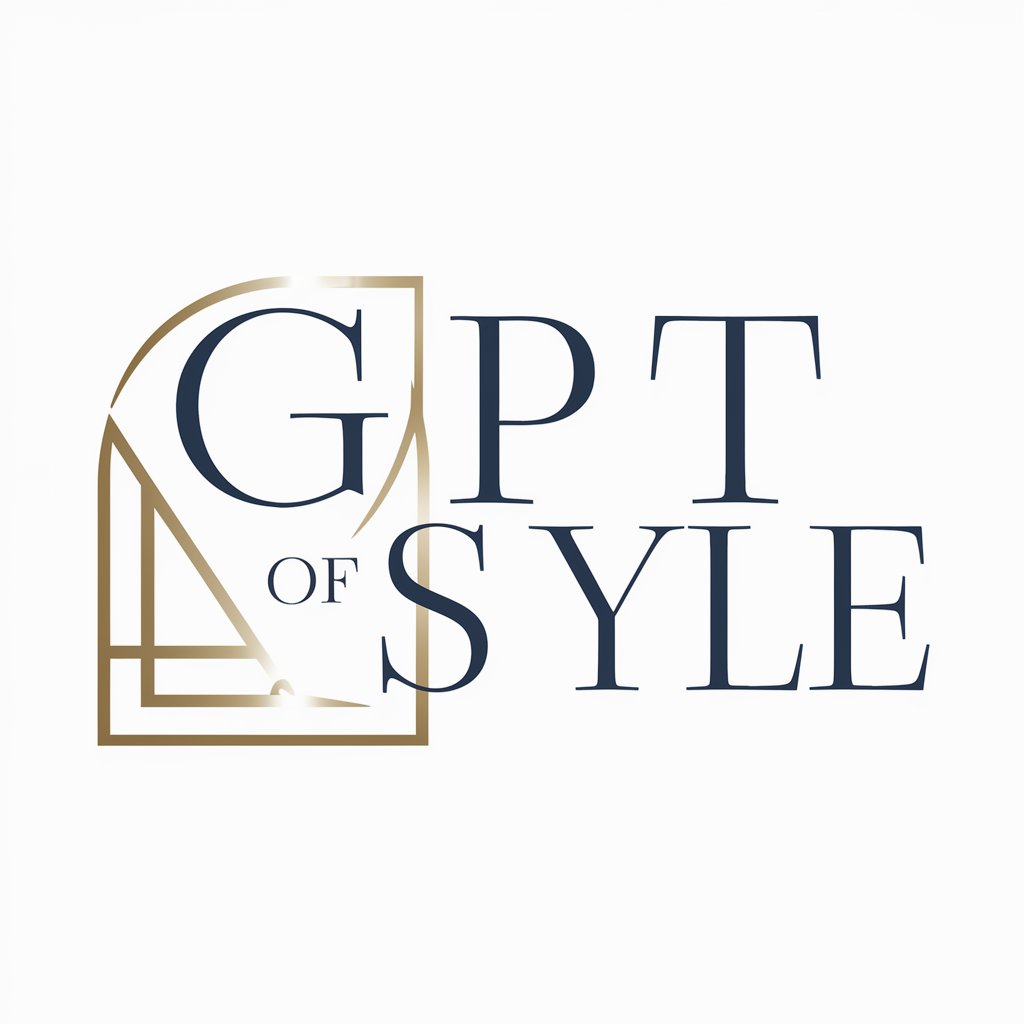
Mocktail-GPT
Craft Delightful Mocktails with AI
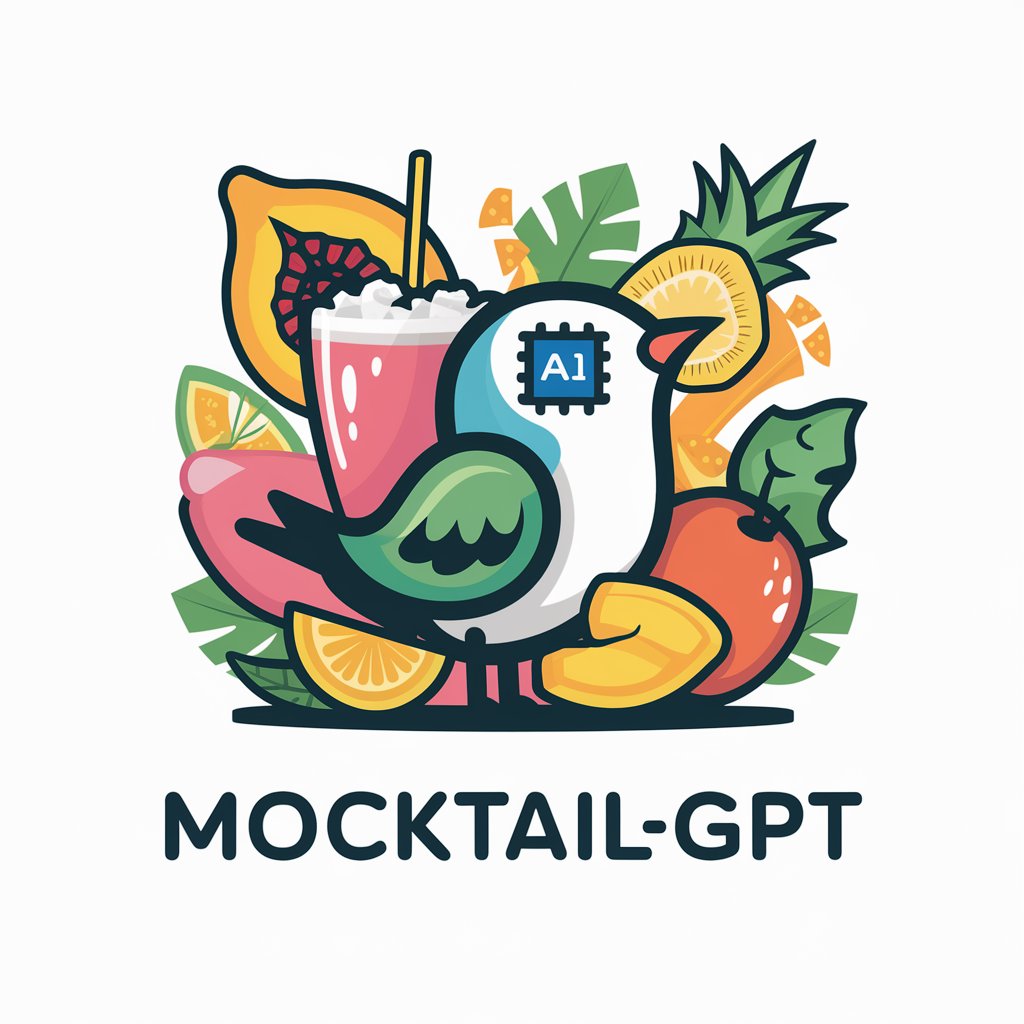
Travel Mate
Explore the World Your Way with AI

Frequently Asked Questions About Fift
What is Fift and what is it used for?
Fift is a specialized programming language designed for creating and managing smart contracts and interacting with the TON (Telegram Open Network) blockchain. It's used primarily for blockchain transactions, smart contract deployment, and on-chain data manipulation.
Can Fift be used for general-purpose programming?
While Fift is specifically designed for blockchain-related tasks, its stack-based nature and programming capabilities allow for a wide range of computational tasks. However, it's not commonly used for general-purpose programming due to its specialized syntax and focus.
How does Fift handle smart contracts?
Fift provides a direct way to write, test, and deploy smart contracts on the TON blockchain. It includes features for compiling smart contracts, generating messages for contract interaction, and managing contract state.
What are the prerequisites for learning Fift?
Learning Fift effectively requires a basic understanding of blockchain technology, smart contracts, and familiarity with stack-based programming languages. Knowledge of the TON blockchain's architecture is also beneficial.
Are there any resources for beginners to learn Fift?
Yes, there are several resources available including official TON documentation, online tutorials, community forums, and coding platforms that offer comprehensive guides and examples to help beginners learn Fift.